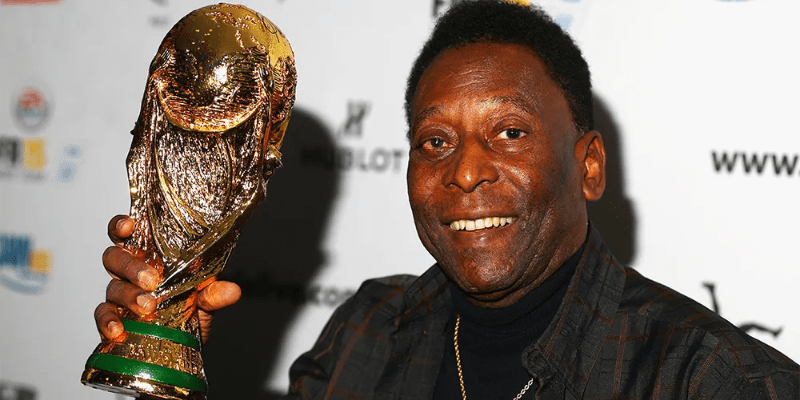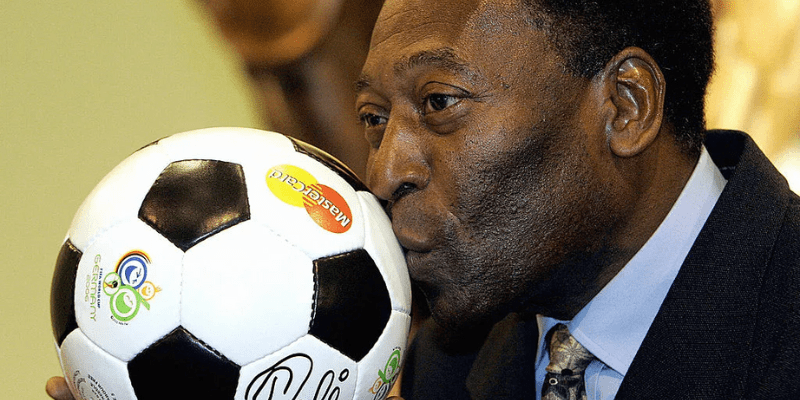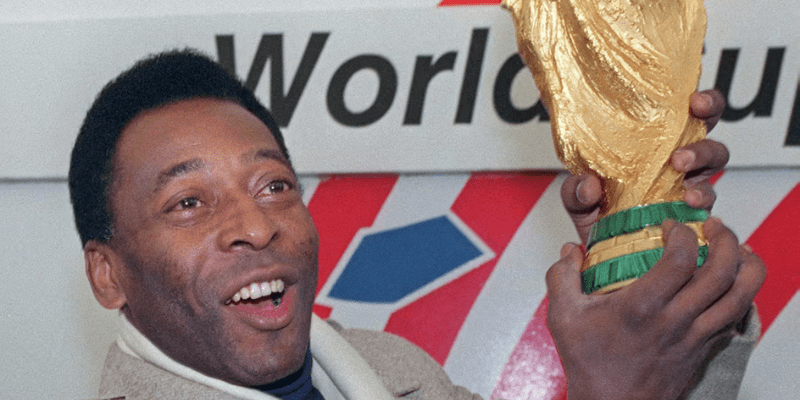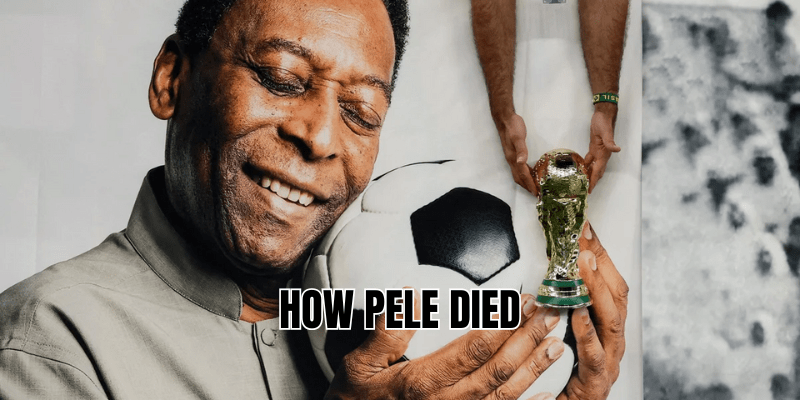When the world woke up on December 29, 2022, the football universe fell silent. The news spread fast: how Pele died was being asked in shock and sorrow by fans in every corner of the globe. For decades, Edson Arantes do Nascimento—Pele—had been the living embodiment of football’s beauty, flair and magic. In his final days, he fought a different battle, one that no dribble, no scoring run, no assist could outpace: a relentless illness that ultimately claimed his life.
In this article, DaoKick will take you behind the scenes of his death, tracing the medical journey, the timeline, the immediate causes, and the legacy his passing left. If you’ve ever searched “how Pele died,” you’ll find here the most detailed, compassionate, and fact-checked account.
His Health Journey Before the End

To understand how Pele died, we must look at the trajectory of his health issues in the years leading up to his passing. His physical decline was gradual, peppered with hospitalizations and complications that hinted at the end of a storied life.
Early health challenges
In the later years of his life, Pele experienced recurring health setbacks:
- He had a hip surgery back in 2012 that led to mobility issues and long-term walking difficulties.
- Around 2014, reports emerged that he had only one functioning kidney.
- Over the 2010s and early 2020s, he was increasingly seen in public using wheelchairs or needing assistance to stand.
- His declining physical state was documented in various interviews and reports, painting a picture of a legendary figure gradually yielding to the frailty of old age.
None of those earlier issues were fatal themselves, but they gradually reduced his resilience.
Cancer diagnosis and treatment
The turning point came in September 2021, when Pele underwent a medical exam that revealed a tumor in his colon. He would later confirm the diagnosis of colon cancer (colorectal cancer).
Following diagnosis, he had surgery to remove the tumor, then began a regimen of chemotherapy. Initially, doctors believed the illness could be managed, but over time it became clear that the cancer—and its complications—were intensifying.
By late 2022, multiple sources reported that the cancer had metastasized (spread) to his lungs, liver, and maybe other organs. His condition was exacerbated by “renal and cardiac dysfunctions” in his final weeks. ass.com/sports/1557533?utm_source=chatgpt.com))
As the disease progressed, his body showed increasingly poor response to chemotherapy. Sometime in early December, medical staff made a critical shift: from treatment to palliative care, focusing on comfort and pain management.
The Final Days: How Pele Died

Understanding how Pele died means examining the day and moment his life ended. The official medical bulletin and hospital reports give the most authoritative insight.
Timeline of December 2022
- In mid to late November 2022, Pele was readmitted to Albert Einstein Israelite Hospital in São Paulo due to a respiratory infection and deterioration in his cancer-affected organs.
- By December 3, his condition had worsened to the point where chemotherapy was no longer effective, and he was moved fully into palliative care.
- On December 21, the hospital stated that his tumor had advanced further, and he was suffering.
- During the week of December 25–29, his health continued to decline rapidly. Medical staff and family remained by his side.
- At 3:27 p.m (local time), December 29, 2022, hospital records officially marked his death, citing multiple organ failure as the immediate cause, a direct consequence of the progressed colon cancer in association with his deteriorating organs.
- The hospital’s official statement confirmed: “due to multiple organ failure, a result of the progression of colon cancer associated with his previous medical condition.” ASS])
- In his death certificate and hospital file, multiple contributing conditions were listed: kidney failure, heart failure, bronchopneumonia (lung infection), and colon adenocarcinoma (the cancer).
The medical cause: multiple organ failure
So what does it mean to die of multiple organ failure? In simple terms: as the cancer aggressively spread, it placed excessive strain on vital organs. The kidneys, heart, lungs, and liver began to shut down one after another. When essential organs cease functioning correctly and can no longer sustain life, the body succumbs.
In Pele’s case:
- His kidneys were failing, reducing the ability to filter toxins and maintain fluid balance.
- Heart function deteriorated, impairing circulation.
- His lungs were weakened—bronchopneumonia worsened the burden on respiration.
- The cancer itself invaded or pressured internal systems, forcing the cascade of organ failures.
Thus, how Pele died was not, but from a culmination—a medical chain reaction triggered by aggressive cancer and compounded by aging and weakened organs.
Legacy and Reaction After His Death

While how Pele died is a deeply human question of mortality, the world also paused to reflect on his life—and on what his death meant.
National and global mourning
- Brazil declared three days of national mourning, and tributes rained in.
- Stadiums around the world honored him with moments of silence, illuminated tributes, and the clamor of jerseys bearing his beloved number 10.
- His public funeral included a wake at Santos’ Vila Belmiro stadium, and his body was carried through the streets of Santos, passing through neighborhoods that had shaped his youth.
- Millions lined up to pay respects as Brazil and the world recognized that a chapter in football history had closed.
Remembering the life beyond death
Pele’s passing did not just end a life; it reawakened a legend. In the years since his death:
- His records, such as scoring feats, titles, and his role in three World Cup victories, are constantly revisited and compared to modern stars.
- His story— from humble beginnings kicking rags and grapefruit balls to becoming a global icon—continues to inspire youth around the world.
- Many see his death as a call to preserve health for former players, raise awareness of cancer, and remember that even legends must battle mortality.
Conclusion
How Pele died is a story of courage in the face of an unyielding enemy. It was not a sudden fall, but a slow fade—a king gradually yielding to illness. Multiple organ failure triggered by advanced colon cancer was the final act. Yet, in death as in life, Pele’s legacy looms larger than mortality.
As you reflect on how Pele died, remember what he embodied: passion, brilliance, humanity, and the world he helped bring together through football. If you’re moved to learn more, explore his greatest matches, career stats, or personal biography next. Let DaoKick be your companion on that journey—delving into his life, his goals, his records, and the echoes he left behind in the beautiful game.



